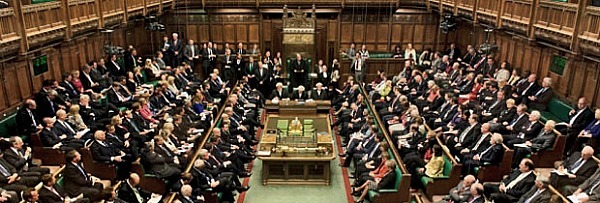
Since the coalition government came into power, the DfE has generally stood by its commitment to cut down on documentation. We have seen safeguarding advice and guidance reduced and a number of simplified documents linked to behaviour.
However, what we have seen is the shearing away of ‘extra’ from documents and guidance already in existence. We have seen little that has been released as completely new material to reflect the new approach to brevity, succinctness and clarity.
Perhaps that’s why the new SEND Code of Practice is such a disappointment.
It’s not what’s at the heart of the new approach to supporting children and young people with SEN that’s disappointing. The intentions are good. The expectation of increased involvement from parents and young people shines out from almost every page. We are told countless times that agencies must work together, share information, cooperate and contribute in the interests of the child with SEN.
The intention and spirit of the reform is there in abundance; what is missing is any really clear idea of how these ideals are to be achieved. The SEND Code of Practice is a lengthy and confusing document. Although there has been some tinkering with it in its final stage, it remains a muddled and repetitive attempt to steer schools through the process of identifying and supporting pupils with SEN without handing them the rudder.
For example, what exactly are schools required to have on their website? In the last issue of ECU we looked closely at the Local Offer and what West Rise Junior School has prepared in readiness for September. However, schools are also required to publish a Governors’ SEN information report. The content of which includes many areas of overlap and a lack of any really defined distinctiveness. Schools and LAs are confused and who can blame them?
What happens to pupils before an EHC needs assessment requires close scrutiny and some imagination. There is no clear structure to the cycles that are indicated – the entrances and exits – just a frightening never-ending spiral leading to vastly underfunded services.
And why are LAs being left to create so much for themselves? If they cannot be trusted to run our schools, as we are frequently told, why should they be trusted to create their own EHC plans, devise their own Local Offers and create a new system almost from scratch?
Moving on to multi-agency working. Fine words announce a new partnership across services, a dropping of boundaries, a spirit of co-operation. What is missing are the services themselves.
In our upcoming issue of Every Child Update, we look specifically at the mental health guidance which holds up CAMHS as the saviour for schools. Speak to almost any school about the CAMHS service and they will bemoan the time taken in referral, the lack of staff, the high thresholds. And it’s getting worse.
The services which should be working with our schools in the interests of our children are depleted. As such, there is no chance of them being able to provide the depth and integrity of multi-agency working that this new code promises.
This editorial paints a depressing picture. One that its readers might not recognise. But a ‘code of practice’ implies a clear set of guidelines that will provide a structure for those involved in its implementation. What we have here is a blob of good intentions and a problem-solving exercise at best.
Image: parliament.uk